

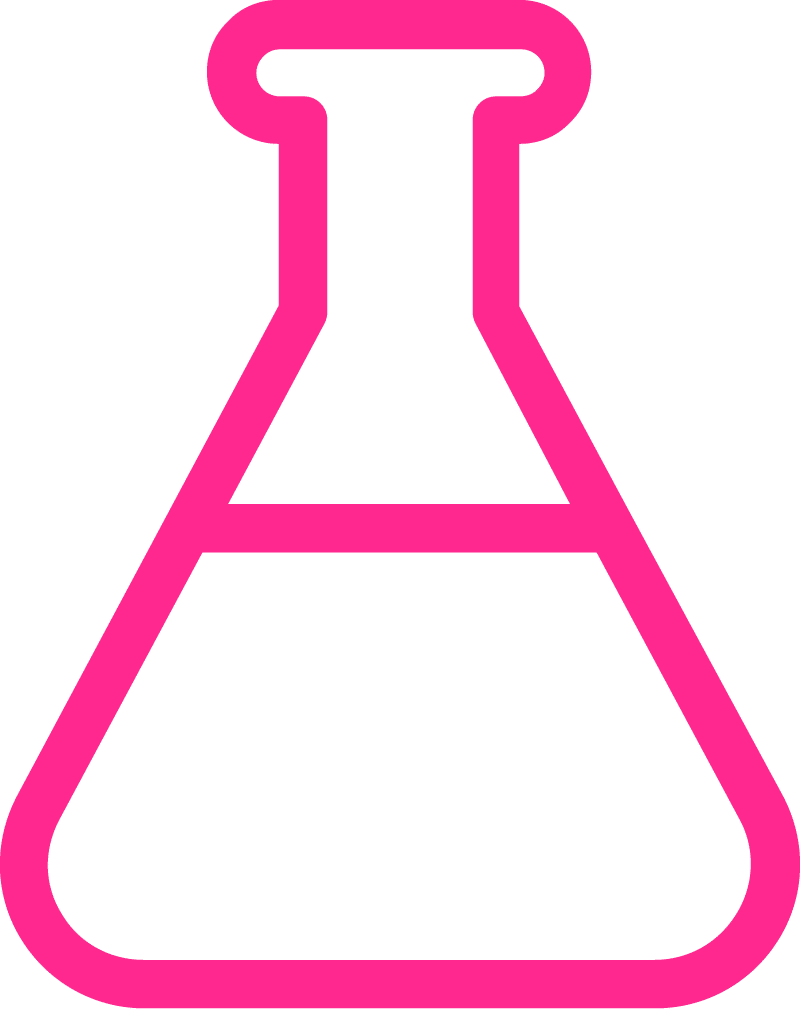
Do you struggle to fit science in every day? Or does your school district’s curriculum not have enough content to make planning for science easy? I have been there friends! If you don’t integrate science into other subjects, it can be difficult to figure out how to help students master their science standards in a short science block.
It can also be so hard to sit down with your curriculum to plan for science and have to still search for read alouds, anchor charts, poems, and things for science journals like graphic organizers. It’s so time-consuming! The good news is that I have a simple solution for you – integrate science into literacy.
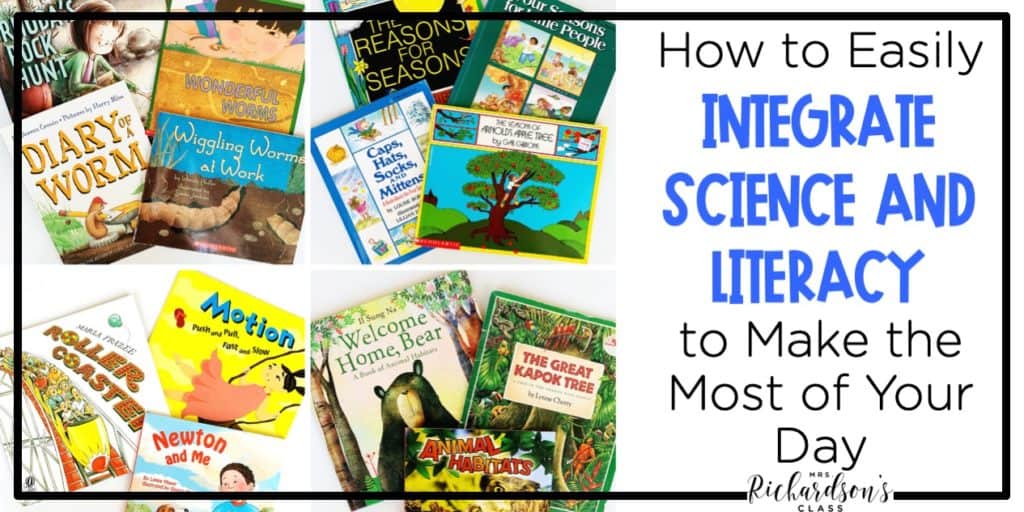
Here are my favorite ways to integrate science into reading and writing to help you maximize your time throughout the day. If you want all of the science and literacy components in one place with a teaching plan, graphic organizers, anchor charts, science experiments, shared reading, and more, check out my science units HERE.
The first (and easiest!) way to integrate science into literacy is through read alouds. Read alouds build background knowledge for your students before you introduce a new topic. They can also provide visual support for your ELL students to be more successful. Finally, they can help you engage students in conversations about science using new vocabulary.
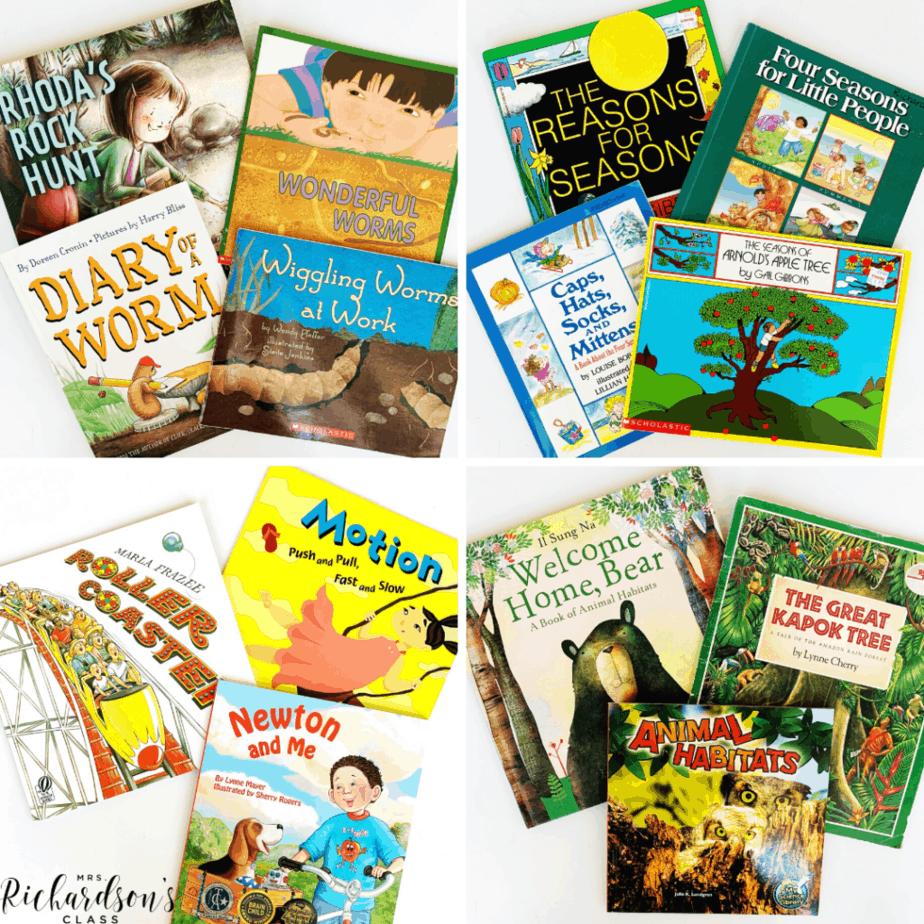
If you don’t have a list of read alouds to use in science, don’t worry. I’ve got you covered! Grab your FREE list of read aloud suggestions for the entire year HERE. This mega list is the only book list you’ll need for science. It covers 39 different science topics.
Check out more about using read alouds in science HERE.
Another way to integrate science into literacy is through shared reading. I loved doing a shared reading poem on the topic of what we were studying in science.
First, I would choose a poem on the science topic – for example, plants. Then we would use it during shared reading. For example, I would teach punctuation, sight words, decoding strategies, practice fluency, focus on a phonics pattern, and more!

Then, at the end of the week, students would get a copy of the poem to put in their song and poem book to read independently in literacy stations. Another idea is to let kids glue the shared reading poem into a poetry journal.
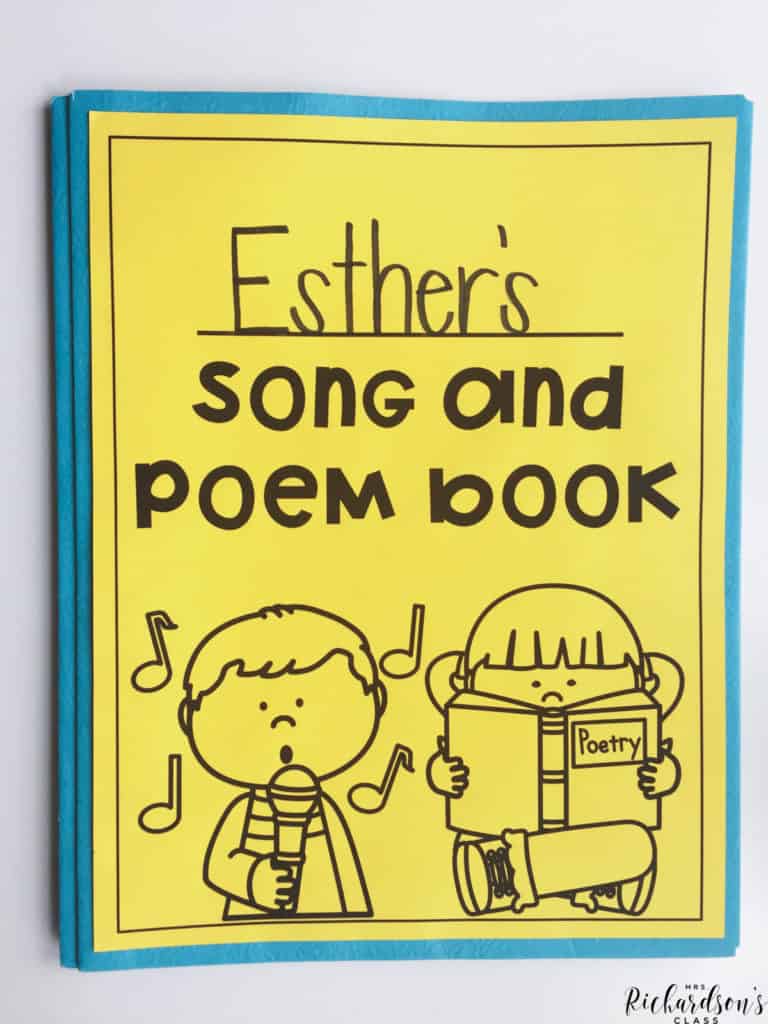
You could also add poems from each week into a folder and put it in the classroom library. There are so many possibilities!
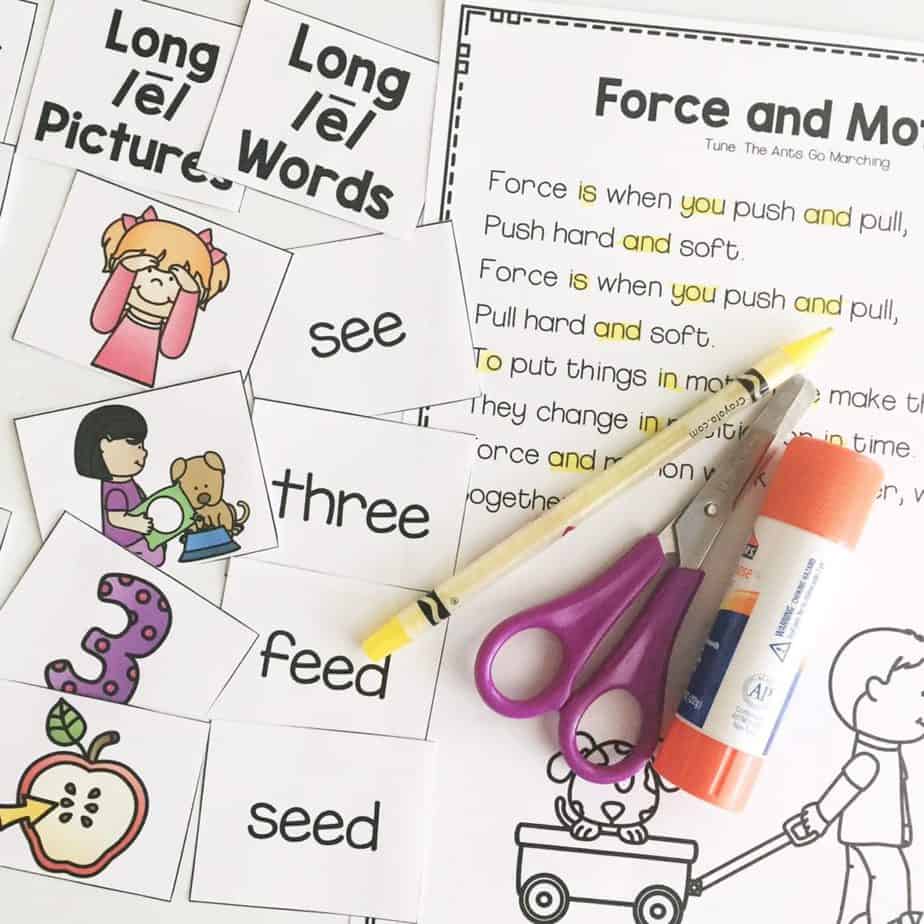
You can read more about how to implement shared reading HERE and find five teaching points for shared reading HERE.
As an extension of shared reading, my students completed phonics sorts. Each poem I used had a phonics sort that went with it.
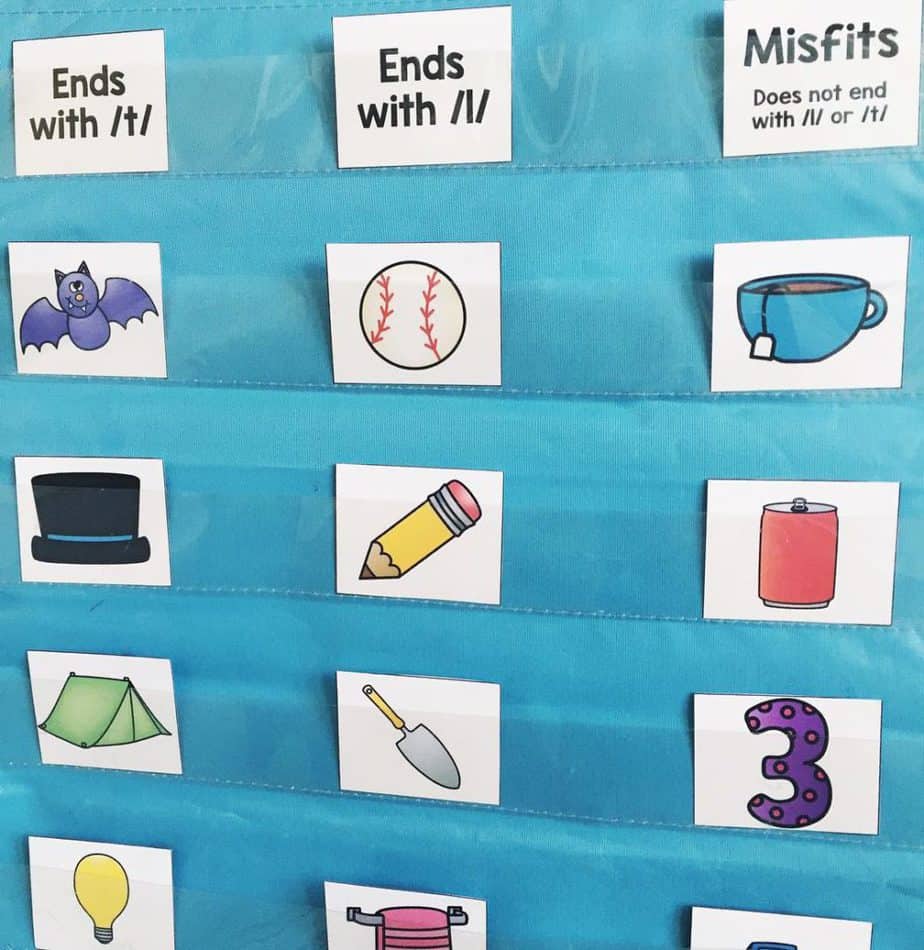
First, we did the phonics sort as a whole group. Then, I would put it in a work station for students to do with a cut-and-paste recording page. You could also have them do the cut-and-paste sort during morning work. I could also use the sort again during reading small group if some of my students struggled with it.
Each weekly science unit also had a mini-book for my students to make. I usually put this in a bookmaking literacy station for my students to do. It was their own mini-reader on the science topic we had just learned about. They would make their own book (each page has something for them to do) and put it in their book boxes.
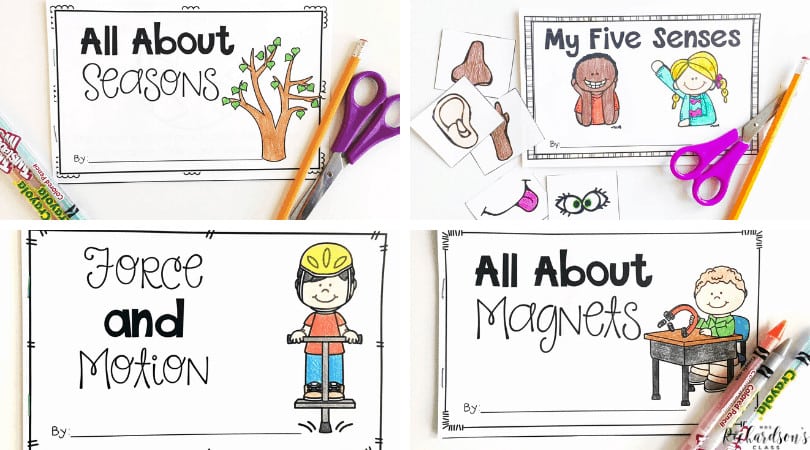
Then, they could read them again during literacy stations as independent reading or during morning work time, too.
There are so many ways to integrate science and writing. These are a few of my favorite ways that work really well with primary students:
If you are studying a unit like dental health, students can fill in a variety of graphic organizers to show their learning. For example, they can fill out a web/bubble map with facts about the dentist.
In kindergarten, students might be sharing ideas out loud, writing down their own ideas, and copying what you write from ideas shared out loud. In first and second grade, students are probably filling these graphic organizers out more on their own and sharing their thoughts after.
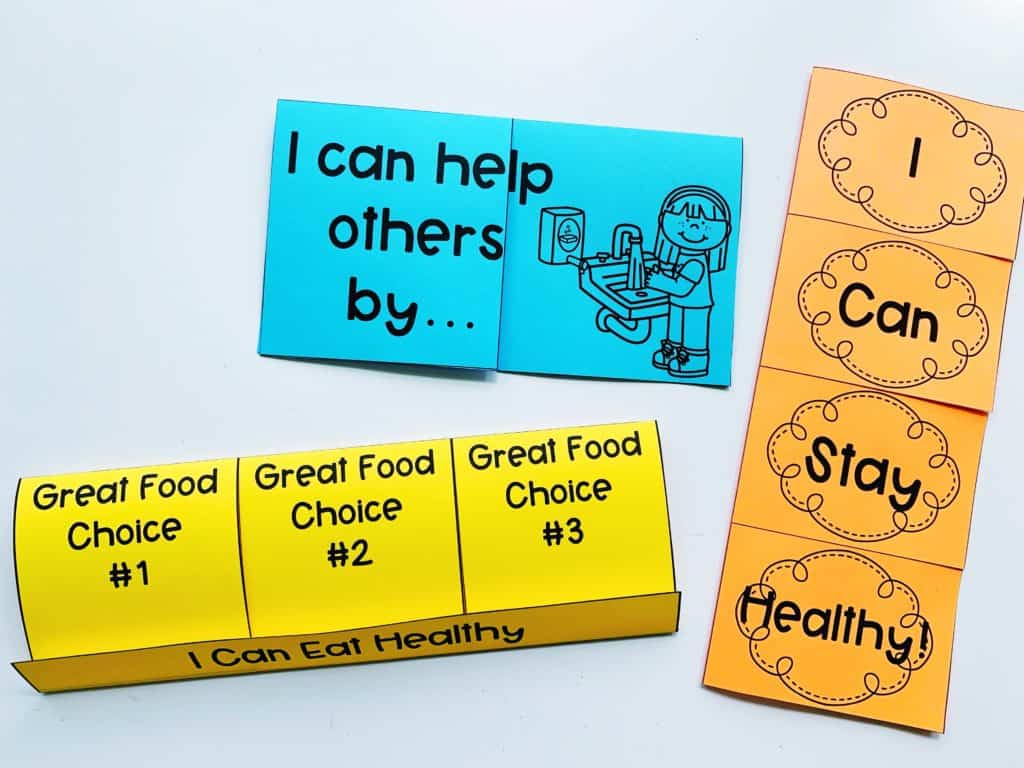
To turn this into a literacy station, you can have students read a science read aloud about a topic and then fill out a graphic organizer.
Another option is flip books. Flip books are a fun way to record learning in a unique way! You can have students read a book about a science topic, fill out a flip book, and glue it into their science journals.
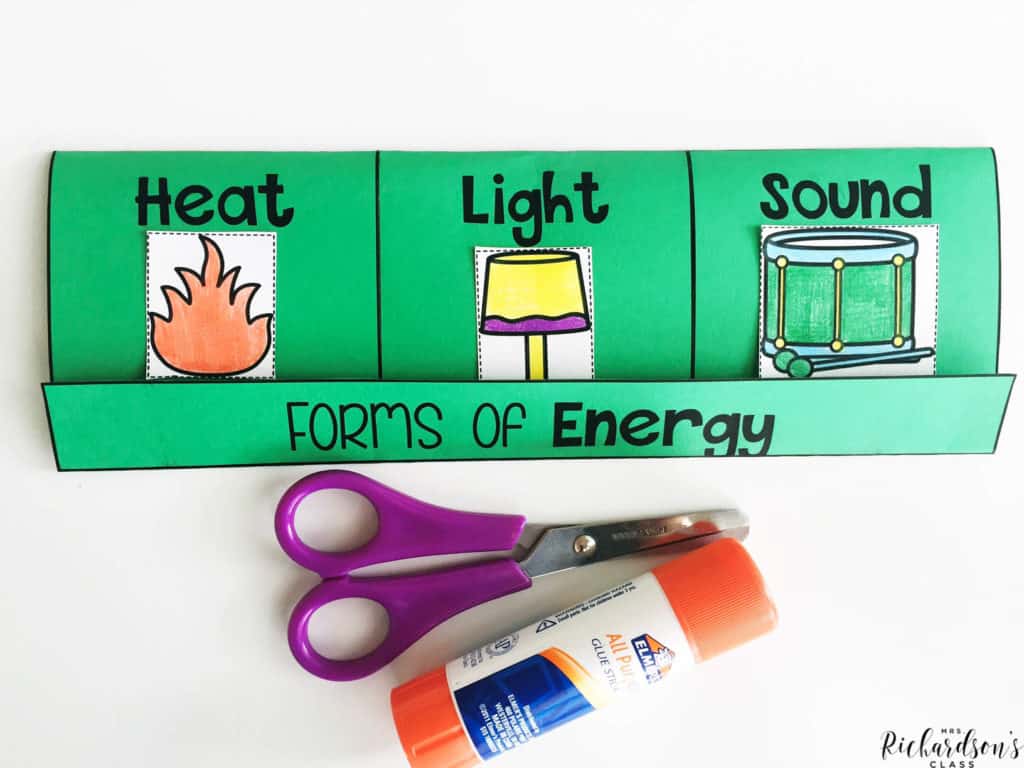
Writing crafts on a science topic are a great option for a culminating activity that also serves as an assessment. For example, if we were studying reptiles, I would have students make an adorable alligator book. Then, inside of the book, students would write facts they had learned about alligators (or reptiles in general). I got to assess students’ writing conventions, understanding of science standards, and have the perfect display for my classroom or the hallway.

Two more great ways to integrate science into literacy is through shared writing and interactive writing. In case you need a refresher, shared writing is when the students talk and share ideas, and the teacher does the writing correctly. In interactive writing, both the teacher and students are talking and writing (correctly).
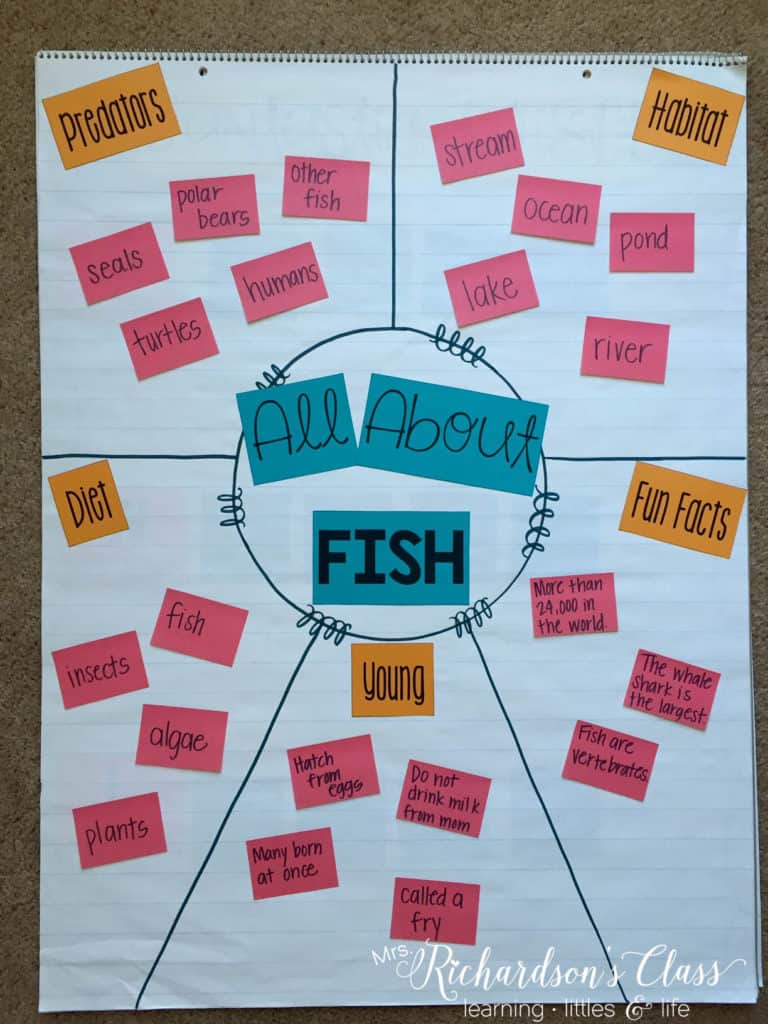
Anchor charts are a fantastic way to get some shared and interactive writing in. For example, if we were studying fish, we might create an anchor chart to record what we have learned.
We also like to create a KWL chart where students share what they know about fishand what they want to learn. Then, at the end of the week, we would fill out what they had learned or create a circle map where they shared what they learned and how they learned those fish facts.
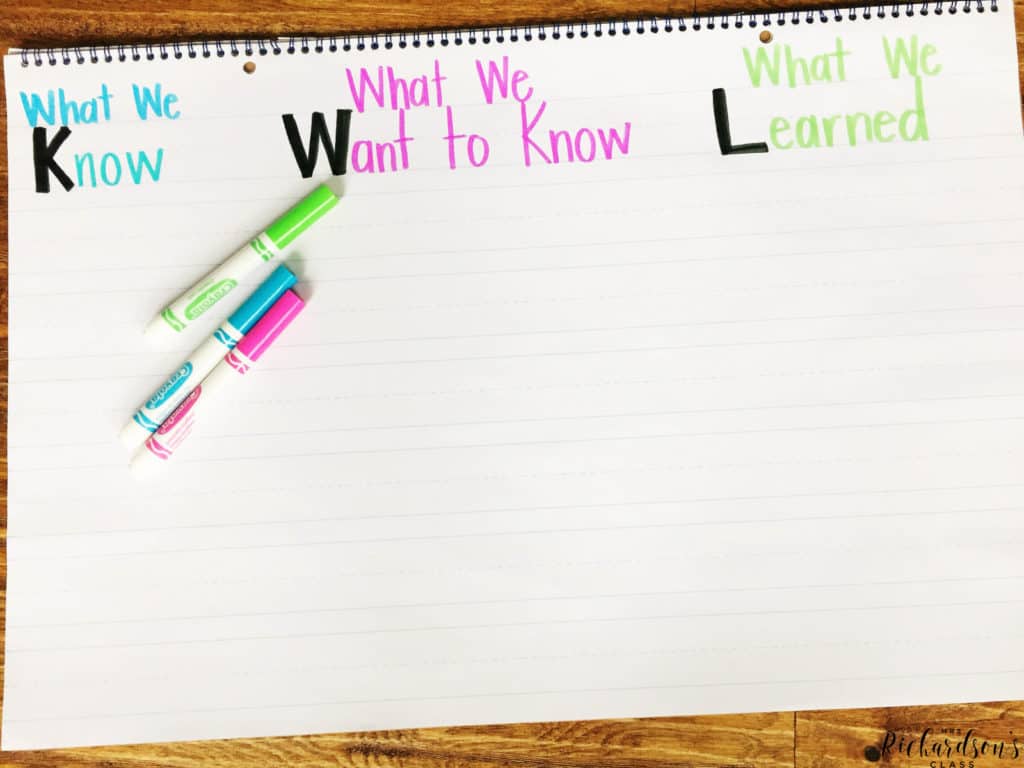
Because I found that I was always squeezing science in everywhere I could to maximize my time during the day, I included each of these components in my science units I have created. There are 39 units to have you covered for the entire year of science. Each unit has everything you need for science and these literacy components:
Teachers who are already using these science units with literacy components in their classrooms are saying,
“The bundle is absolutely amazing! I love how you integrated phonics, poetry, and reading comprehension into science, too. FABULOUS! A million thanks for making my job easier.”
“It makes my job much less time-consuming! Incredible!”
This is why I created these resources: to save you time and to provide your students with quality, engaging lessons and activities that actually help them learn. Integrating science and literacy truly help drive home hard-to-teach science topics for students who might struggle.
You can buy each unit individually, save some money and buy a monthly bundle with four units, or save a ton and grab the year-long bundle with all of the units.
Grab yours to start saving time and energy on lesson planning and have everything you need in one place.
You can also watch my Facebook live video all about integrating science and literacy HERE. I shared what each of these literacy components looks like in one of my units.
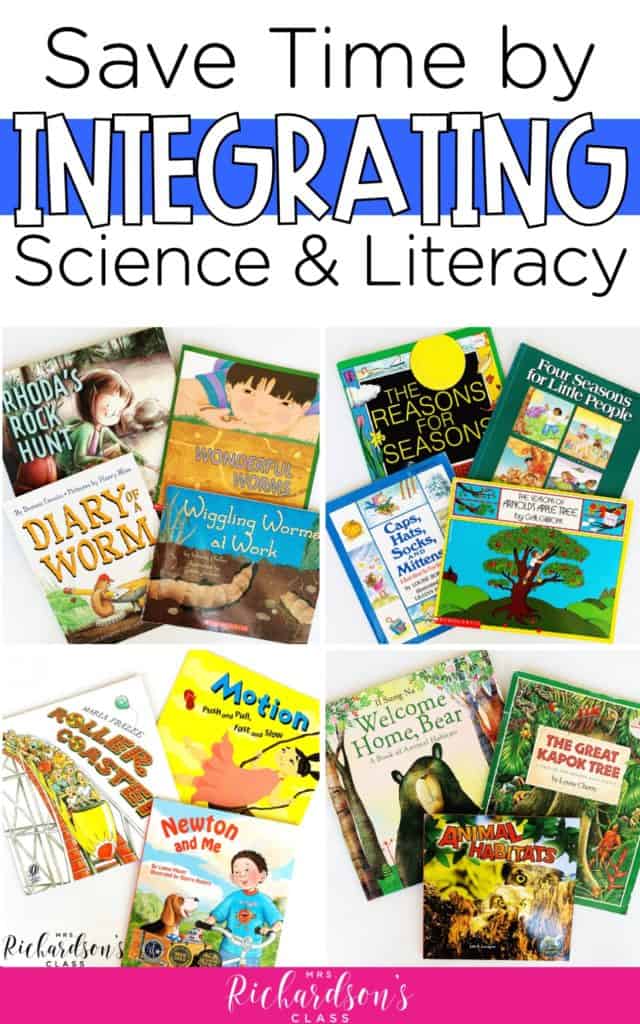
pin it
Science Units Each unit has everything you’ll need for science and literacy for a week of fun. The teaching plan makes lesson planning a breeze and the activities will engage students to help them master their science standards.
August Monthly Bundle: (Being a Scientist, Staying Healthy, Five Senses)
September Monthly Bundle: (Magnets, Apples, Matter, Fall)
October Monthly Bundle: (Forms of Energy, Spiders, Force and Motion, Bats)
November Monthly Bundle: (Pumpkins, Seasons, Turkeys, Weather)
December Monthly Bundle: (Reindeer, Mammals, Snow, Birds)
January Monthly Bundle: (Arctic, Penguins, Day and Night, Sun, Moon, and Stars)
February Monthly Bundle: (Reptiles, Amphibians, Dental Health, Soil, Rocks, and Water)
March Monthly Bundle: (Insects, Living and Nonliving, Plants)
April Monthly Bundle: (Farm, The 3 Rs, Life Cycles, Rainforests)
May Monthly Bundle: (Habitats, Ocean, Fish, Zoo)
Science Bundle for the Year This bundle has absolutely everything you’ll need for science for the entire year. It’s also the best price per unit!
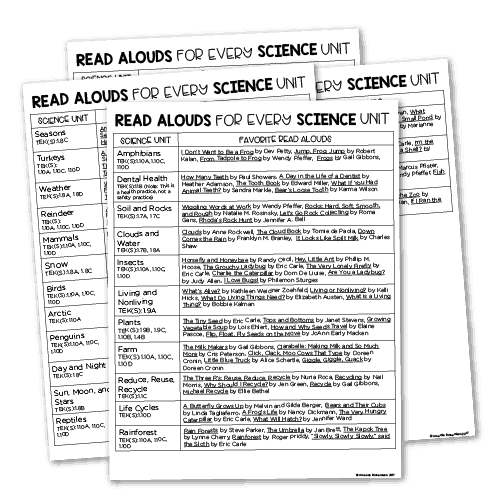

I’m a K-1 teacher who is passionate about making lessons your students love and that are easy to implement for teachers. Helping teachers like you navigate their way through their literacy block brings me great joy. I am a lifelong learner who loves staying on top of current literacy learning and practices. Here, you’ll find the tools you need to move your K-2 students forward!
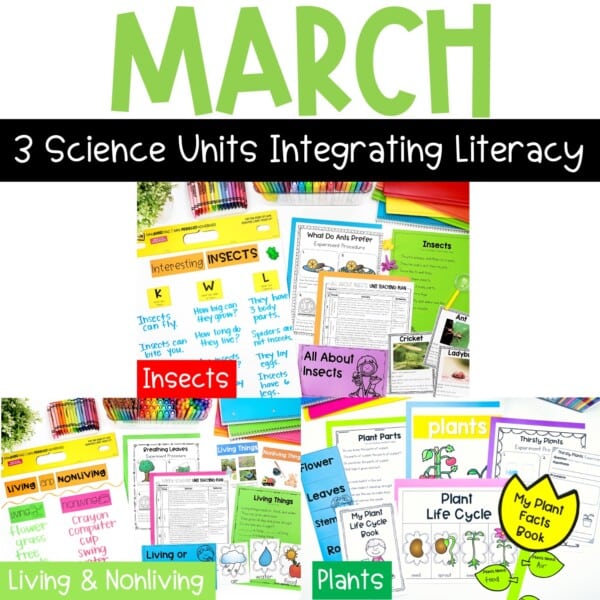


| Cookie | Duration | Description |
|---|---|---|
| cookielawinfo-checkbox-analytics | 11 months | This cookie is set by GDPR Cookie Consent plugin. The cookie is used to store the user consent for the cookies in the category "Analytics". |
| cookielawinfo-checkbox-functional | 11 months | The cookie is set by GDPR cookie consent to record the user consent for the cookies in the category "Functional". |
| cookielawinfo-checkbox-necessary | 11 months | This cookie is set by GDPR Cookie Consent plugin. The cookies is used to store the user consent for the cookies in the category "Necessary". |
| cookielawinfo-checkbox-others | 11 months | This cookie is set by GDPR Cookie Consent plugin. The cookie is used to store the user consent for the cookies in the category "Other. |
| cookielawinfo-checkbox-performance | 11 months | This cookie is set by GDPR Cookie Consent plugin. The cookie is used to store the user consent for the cookies in the category "Performance". |
| viewed_cookie_policy | 11 months | The cookie is set by the GDPR Cookie Consent plugin and is used to store whether or not user has consented to the use of cookies. It does not store any personal data. |
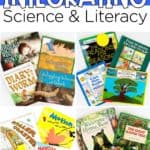
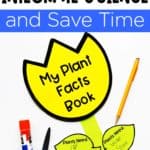
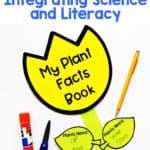
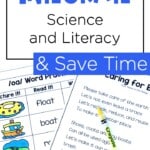

One Response
This is a fabulous resource! Thank you so much for making this available!